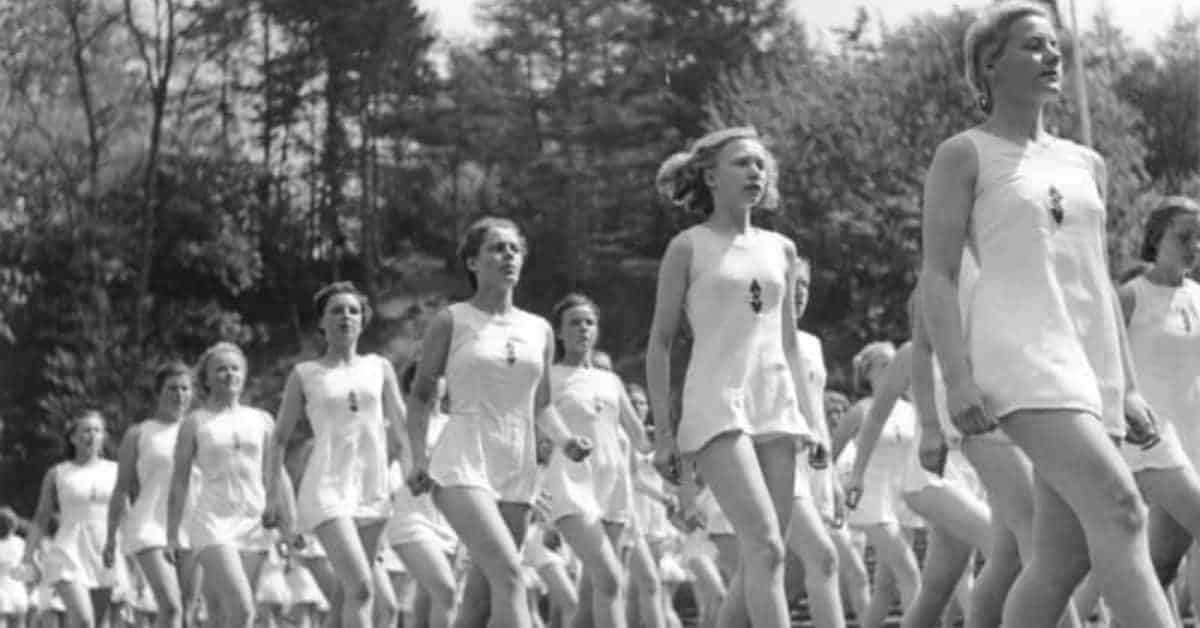The Nazis believed in “good blood” that ought to be sought out, preserved, and expanded, and in “bad blood”, which was to be identified, then ruthlessly eradicated. The latter gave us the horrors of the Holocaust. The former led to the Lebensborn (“Spring of Life”) program, which went to bizarre and often sinister lengths in an attempt to increase the stock of “racially valuable” Germanic children. Partly a human selective breeding program, partly a massive child kidnapping policy, it was another dark chapter in the history of the Third Reich.
Following are sixteen significant events and people from the Lebensborn program.
1. What Was the Lebensborn Program?
To say that the powers that be in the Third Reich were obsessed with race and racial purity would be an understatement. Most are familiar with the darkest manifestations of that obsession: the Holocaust and the murder of millions of racial undesirables. Another sinister manifestation, although a less bloodthirsty one, can be glimpsed in the lengths the Nazis went to in order increase the numbers of the racially desirable.
In 1935, the Schutstaffel (SS) implemented a program known as Lebensborn to increase the “racially pure” population by increasing the “Aryan” birthrate. Much of that amounted to a selective breeding program, just like breeding prize cattle, whereby unmarried “pure” Aryan women were matched up with pure SS members. Upon impregnation, they were often housed in SS-run maternity homes until they gave birth. The offspring were often adopted by pure Aryan families, particularly from the SS.

When much of Europe came under German control during WWII, German occupiers were encouraged to breed with women from Nordic populations. The offspring were often birthed in Lebensborn clinics, which were scattered across Europe, then raised as Germans. Thus, the wombs of acceptably Aryan-Nordic women from across Europe would be put to use in increasing Germany’s “Aryan stock”. So successful was the breeding program in occupied Europe that more Lebensborn children were born in Norway during just 5 years of German occupation, than were born in Germany during the entire 10 year span of the program.
Another part of the Lebensborn program involved straightforward kidnapping of children. Children who looked like pure Aryans were kidnapped by the hundreds of thousands from across Europe, and taken back to Germany. There, they were adopted by the same types who adopted the SS-bred children, with the ultimate goal being to Germanize them.

